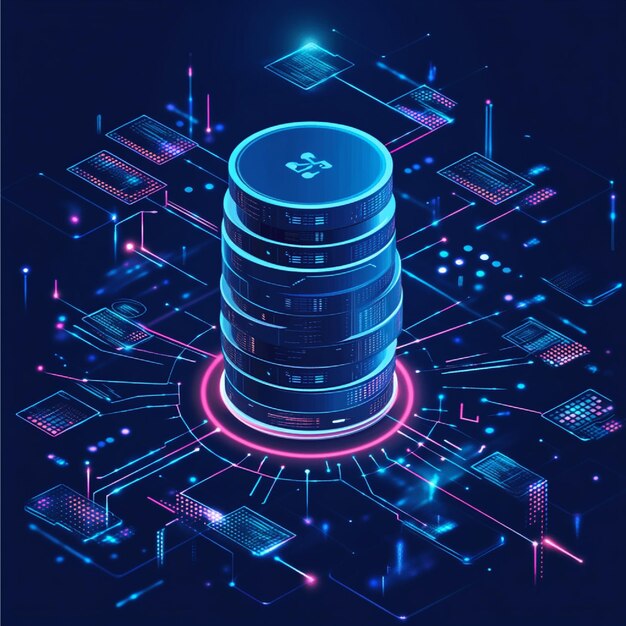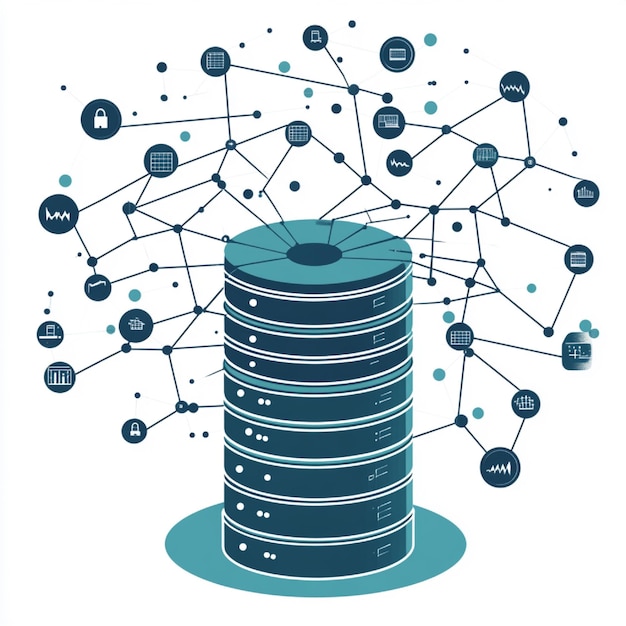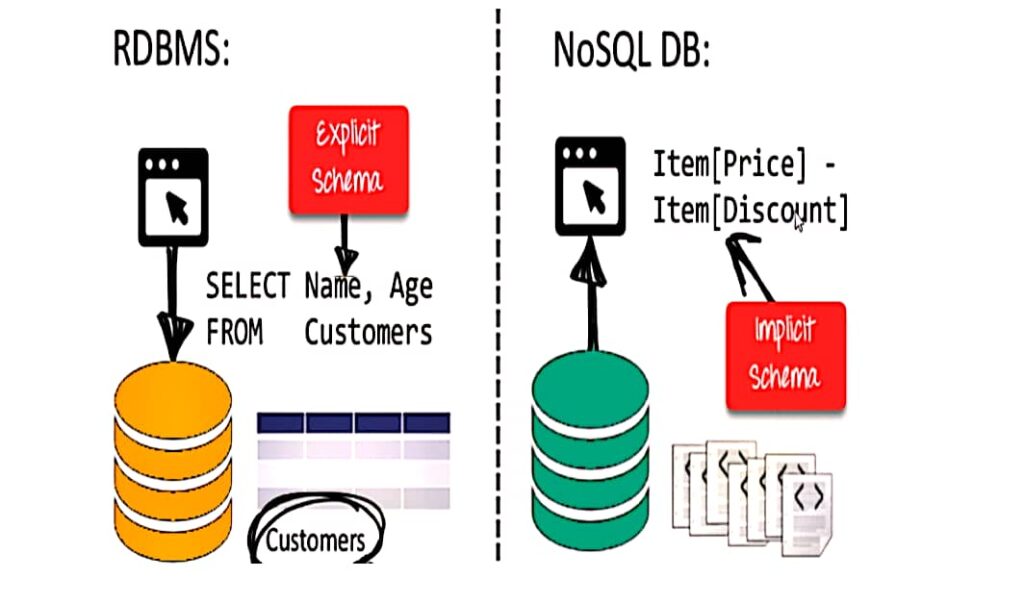Relational databases are tools for storing various types of information that are related to each other in some way.
The relational model is never followed by NoSQL databases.
Tables with flat fixed-column records should never be used.
Work with BLOBs or self-contained aggregates.
Object-relational mapping and data standardization are not required.
RELATIONAL DATABASE DEFINED
🥢As the data is organized as pre-defined relationships, you can query the data declaratively.
🥢A declarative query is a way to define what you want to extract from the system without expressing how the system should compute the result. This is at the heart of a relational system as opposed to other systems.

Concurrency
Data concurrency is the ability to allow multiple users to affect multiple transaction within a database.
Simply, data concurrency allows multiple users to access data all at the same time.The ability to offer concurrency is unique to databases.
Almost all databases deal with concurrency the same way., with the general principle being that the changed, but unsaved data is held in a type of temporary log or file.
Once the data is saved, it is then written into the database’s physical storage in place of the original data.
There are two type of database concurrency used in businesses daily:
Simultaneous Access To Data – This kind of concurrency is important because it’s all about multiple users accessing data at the same time without causing inconsistencies.
Coexistent Query Workload – This type of concurrency is a fundamental measure of system performance. Businesses use the term “concurrency” to measure how many units of work are co-executing actively and simultaneously progressing at the same time.

Integration:
Nowadays, an enormous amount of information is been made each second. This information is of different schemes-unstructured, structured, and semi-structured data.
The variety and volume of this information can’t be managed by traditional databases. Therefore, NoSQL frameworks have emerged, which is another age of database frameworks.
To handle data that is heterogeneous, NoSQL databases are more proficient at this. Tools that can be used to scale for accommodating a large volume of information are required by NoSQL data integration, however, manual complicated coding is required by conventional SQL ETL tools. and also they include methods disturbing creation sources.
A database serving as a store for numerous applications is called an integration database and therefore, data is integrated across applications.
A schema is needed by an integration database, and all applications of clients are taken by the schema into account. Either the resultant schema is general or complicated or both.
Benefits of Database Integration for Business
Here are a few benefits of database integration:
Database integration helps in managing a large amount of data of an enterprise coming from a central location hence improving the experience for customers and also reducing delivery time.
It helps in gaining control of data.Database integration makes it easy to ensure compliance of the business by enabling centralized management.
FEATURES OF NOSQL:
Non- Relational:The relational model is never followed by NoSQL databases.Tables with flat fixed-column records should never be used.Work with BLOBs or self-contained aggregates.
Object-relational mapping and data standardization are not required.There are no advanced features such as query languages, query planners, referential integrity joins, or ACID compliance.
Schema-Free:NoSQL databases are either schema-free or contain schemas that are more loose.There is no requirement for any kind of data structure specification.Provides data structures that are heterogeneous within the same domain.
There is no requirement for any kind of data structure specification.Provides data structures that are heterogeneous within the same domain.

Simple API:Provides simple user interfaces for storing and querying data.APIs make it possible to manipulate and choose data at a low level.Text-based protocols are most commonly associated with HTTP REST and JSON.
The most often used NoSQL query language is not based on any standard.Databases that are web-enabled and run as internet-facing services.
Distributed:A distributed execution of many NoSQL databases is possible.Auto-scaling and fail-over capabilities are included.
The ACID principle is frequently overlooked in favour of scalability and throughput.
Asynchronous replication across remote nodes is almost non-existent. HDFS Replication, Asynchronous Multi-Master Replication, Peer-to-Peer.Only ensuring long-term consistency.
Nothing is shared in the architecture. As a result, there is less coordination and more dispersal.

Leave a Reply